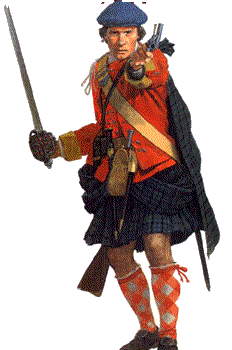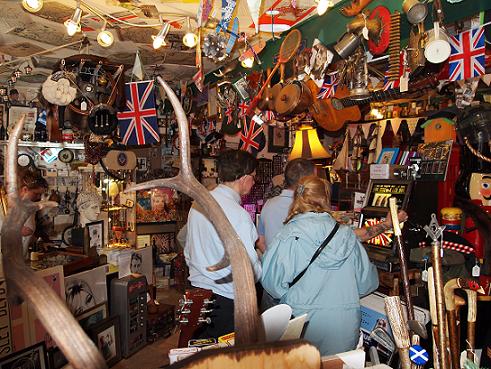
THe Battle was part of a series of battles by the allies to attack the large German salient which ran from Flanders to Verdun. The French would attack in the south, the British in the north.
British battles of Neuve Chapelle, Aubers Ridge, Festubert and Loos.
Loos involved the first of Kitchener’s New Army divisions.
Scottish losses were so dreadful that no part of Scotland was unaffected. The Black Watch (raised in Tayside) had massive casualties; the 9th lost 680 officers and men in the first hours of the fighting. Of 950 men of the 6th Cameronians who went into battle, 700 were casualties.
A relatively meaningless battle in terms of what it achieved. Like the Somme, it was intended to be a joint French-British offensive. Haig was sceptical owing to the lack of artillery and introduction of new army units. He was overruled by Kitchener. Haig felt he did not have enough men and his reserves were far behind the front line. Gas was to be used to make up for the lack of artillery.
Loos deserves to be called a Scottish battle owing to the large number of Scottish troops in action: 30,000 took part in the attack. Of 72 infantry battalions taking part in the first phase of the battle, half were Scottish.
Some of the features of the Battle of the Somme (July 1916) were to be played out first at Loos. Unfortunately, the British Army failed to pay enough attention to these points.
1. The difficulty of attacking powerful German defences.
The attack came up against stiff German opposition organised in strong points such as the Hohenzollern Redoubt, Fosse 8 and Hill 70. The British attack broke down owing to German reinforcement of their position and time it took to get the reserve units up to support the limited successes of the first day.
2. The importance of artillery.
Eye witnesses commented on the power of the artillery bombardment at Loos. It was simply not powerful enough. Poison gas was used by the British for the first time. This was an attempt to make up for the weakness of the artillery. The inadequate supply of artillery shells was a cause of a major political crisis in 1915. This helped to weaken the position of the Liberal government and of the British army commander Sir John French. General Haig used his powerful connections with Buckingham Palace to undermine French and he replaced him as commander in December 1915.
Five Victoria Crosses were given to Scots after the battle in recognition of their extraordinary bravery.
Of the 20,598 names of the dead on the memorial at Loos one-third are Scottish. The Battle of Loos was a "wake up call" for the people of Scotland. They got a very early warning of just how serious the fighting and the casualties would be. The rest of Britain would catch up when the Battle of the Somme took place the following summer.









